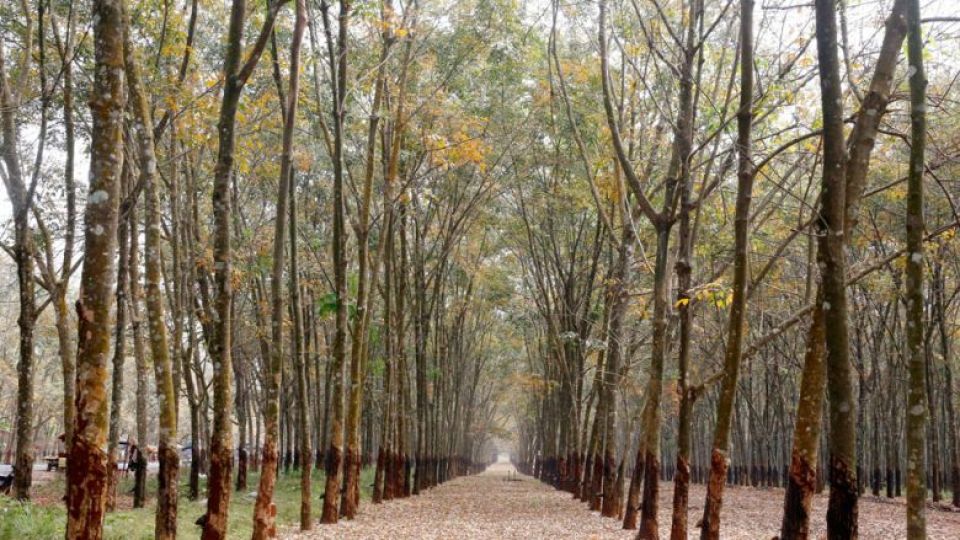August 16, 2022
PHNOM PENH – Cambodia exported 161,562 tonnes of natural rubber latex worth nearly $254.84 million in the first seven months of 2022, down by 558 tonnes or 0.34 per cent year-on-year, according to the General Directorate of Rubber (GDR).
GDR director-general Him Aun attributed the slight downtick in exports to a combination of factors, from the global economic crisis’ downward pressure on latex demand, inflation concerns, the US Federal Reserve’s recent interest rate hikes to restrict money supply, continued Covid-19 restrictions in China, the Russia-Ukraine conflict, to the ongoing Sino-US geopolitical tensions.
The average price of the milky white sap – extracted from the Hevea brasiliensis tree native to Brazil – over the January-July period was $1,577 per tonne, down by $95 or 5.7 per cent year-on-year, reported the GDR, which is under the Ministry of Agriculture, Forestry and Fisheries.
Last month alone, exports of the latex weighed in at 29,625 tonnes, down by 1,190 tonnes or 3.86 per cent year-on-year, while the average price was $1,515 per tonne, down by $92 or six per cent. July’s exports were 28.4 per cent higher than this year’s monthly average of 23,080 tonnes.
During the same period, 17,529 cubic metres of rubber wood worth $2.61 million was exported, for an average of $149 per cubic metre.
In light of the disappointing January-July export performance, Aun voiced optimism that the latex market and investment situation would see marked improvement in the future.
“We’ve seen the arrival of rubber processing factories aiming to produce finished products such as tyres in recent years, which’ll improve the value chains in local rubber markets and create more jobs for the people,” he told The Post on August 14.
However, in an earlier interview with The Post, Cambodia Chamber of Commerce (CCC) vice-president Lim Heng pointed out that none of the Kingdom’s tyre factories use locally-sourced raw latex rubber. He explained that this means that demand and prices for the commodity at present are almost solely reliant on international markets.
Regardless, he shared Aun’s confidence that “things will get better soon”.
The GDR reports that as of 2021, Cambodia had 404,044ha dedicated to rubber production, with 310,193ha or 76.77 per cent mature and tapped for latex, which yielded 368,000 tonnes last year, or just below an average of 1,200kg per hectare. According to Aun, the area under rubber cultivation has not seen significant changes in the past “two or three years”.
Cambodian rubber latex and wood exports topped $611.77 million in 2021, climbing up from $482 million a year earlier.
Broken down by category, 366,300 tonnes of natural rubber latex – or over 99 per cent of total production last year – accounted for $610.26 million, and 454 cubic metres of rubber wood clocked in at $1.52 million, the directorate reported.


